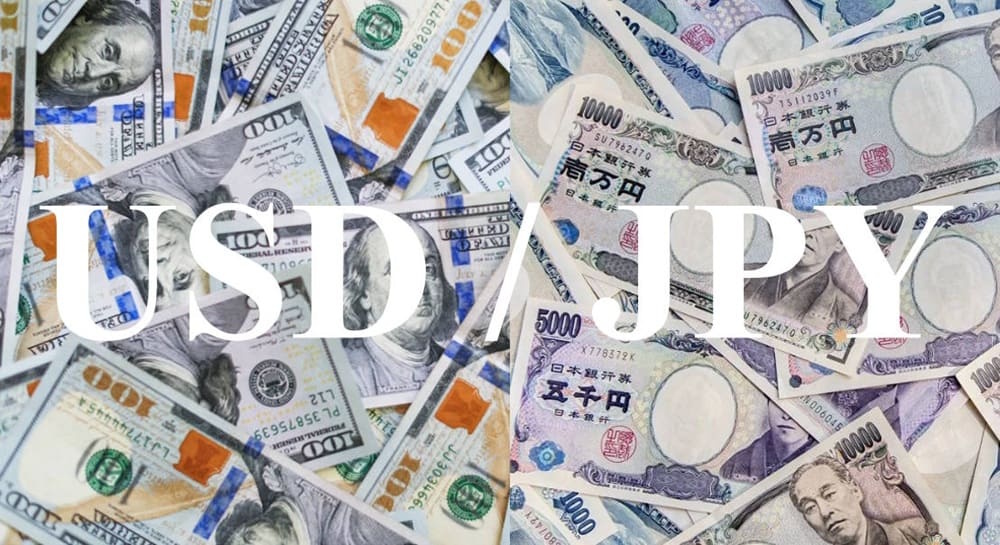The USD/JPY pair is experiencing a significant surge, climbing to 150.63 during early European trading, reflecting an increase of more than 1.9% compared to last week’s closing value. The recent increase is attributed to Sanae Takaichi’s success in the leadership contest of Japan’s Liberal Democratic Party, positioning her to potentially be Japan’s first female prime minister. Her pro-stimulus and anti-tightening stance has significantly changed market expectations, resulting in the yen reaching its lowest level since early August. Market participants who had assessed a 68% likelihood of a 25-basis-point Bank of Japan rate increase this month have reduced that expectation to 41%, resulting in an immediate and widespread selloff in the yen complex. Crosses like GBP/JPY at 202.52, EUR/JPY at 176.03, and CHF/JPY at 188.85 have achieved record highs, underscoring the extent of yen liquidation.
Markets are currently reevaluating the equilibrium between fiscal stimulus and monetary restraint in Japan. Takaichi’s previous remarks labeling the BoJ’s rate hikes as “stupid” have raised concerns that her administration may exert pressure on Governor Kazuo Ueda to decelerate or potentially suspend the normalization trajectory. Japan’s inflation stands at 2.7%, exceeding the BoJ’s 2% target. However, there is a division among policymakers regarding whether this price growth is genuinely driven by demand or simply a result of a weaker yen affecting imports. The BoJ’s prudent approach to tightening was designed to stabilize inflation expectations while methodically decreasing its ¥550 trillion balance sheet; however, increased government intervention could undermine these initiatives. A government that favors substantial public expenditure may boost short-term GDP growth; however, this could exacerbate fiscal imbalances and diminish investor confidence in Japanese assets. The 192-pip gap from Friday’s close to Monday’s open represents the most significant single-session movement for USD/JPY since May 1990, highlighting the magnitude of market response. Monday’s 1.9% gain marked the most significant increase in nine weeks, bringing the pair within 23 pips of its August high at 151.28. Technical momentum indicators indicate a robust upside bias: RSI is positioned near 68, staying below the overbought threshold, while MACD exhibits a bullish divergence. Immediate resistance is positioned at 151.00–151.30. A breach of this zone could drive USD/JPY towards 152.00 and 153.84, levels not observed since 2022. Support is positioned at 149.40, with the next level at 148.35, where the 100-day SMA offers structural support. Market participants are considering declines toward 149.00 as new entry points, as the price movement remains aligned with the long-term uptrend channel that has been in place since April.
The decline of the yen aligns with a resurgence in the U.S. dollar index, which increased by 0.56% to 98.35, indicating a recovery from the previous week’s lows, even amid the persistent U.S. government shutdown. The DXY’s strength indicates that investors are favoring the dollar as a temporary refuge in the face of global uncertainty. Meanwhile, yield spreads continue to favor the greenback: the U.S. 10-year Treasury yield holds near 4.15%, compared to Japan’s 0.5% benchmark, maintaining an interest rate differential of over 365 basis points. The substantial disparity maintains the yen’s strong position within carry trade activities, as international investors continue to borrow in low-yielding yen to finance acquisitions of higher-yield assets. Japan’s equity markets have reflected the currency’s response. The Nikkei 225 experienced a significant increase, climbing more than 3% as market participants anticipated ongoing fiscal stimulus and growth in corporate profits. Market parallels are being drawn to Shinzo Abe’s 2013–2020 Abenomics era; however, the current context presents significant differences. Historically, the BoJ increased its balance sheet from 30% to 100% of GDP, resulting in a 25% decline in the trade-weighted yen. Given that inflation has surpassed the target and with Governor Ueda’s directive to normalize policy, the prospect of a robust revival of easing seems increasingly impractical. Nonetheless, the perception of policy divergence — Japan loosening as the U.S. maintains high yields — continues to create an upward bias for USD/JPY in the short term.
The Commitment of Traders data illustrates the rapid shift in sentiment. As of last Tuesday, large speculators and asset managers raised their net-long yen exposure by 25,600 contracts, bringing non-commercial longs to a total of 176,400. This position is currently in a negative state, as the significant decline of the yen has necessitated the unwinding of bullish positions. The subsequent short-covering intensified the USD/JPY breakout beyond 150.00, bolstering upward momentum. The current net longs held by asset managers stand at 77,834, indicating a potential for increased liquidation risk should the yen persist in its decline. The dovish stance of the Federal Reserve in the United States contributes to ongoing market volatility. Reports indicates a 95% likelihood of a 25-basis-point rate cut occurring in October, with an 84% probability for December. Although rate cuts typically exert downward pressure on the dollar, this impact is counterbalanced by Japan’s exceptionally low yields and prevailing political uncertainty. The Fed’s cautious approach to easing is perceived as a strategy for risk management instead of complete capitulation, thereby supporting global confidence in the dollar. Currently, the U.S. government shutdown has extended into its sixth consecutive day, introducing temporary fluctuations in Treasury markets; however, it has not significantly undermined the strength of the USD.

